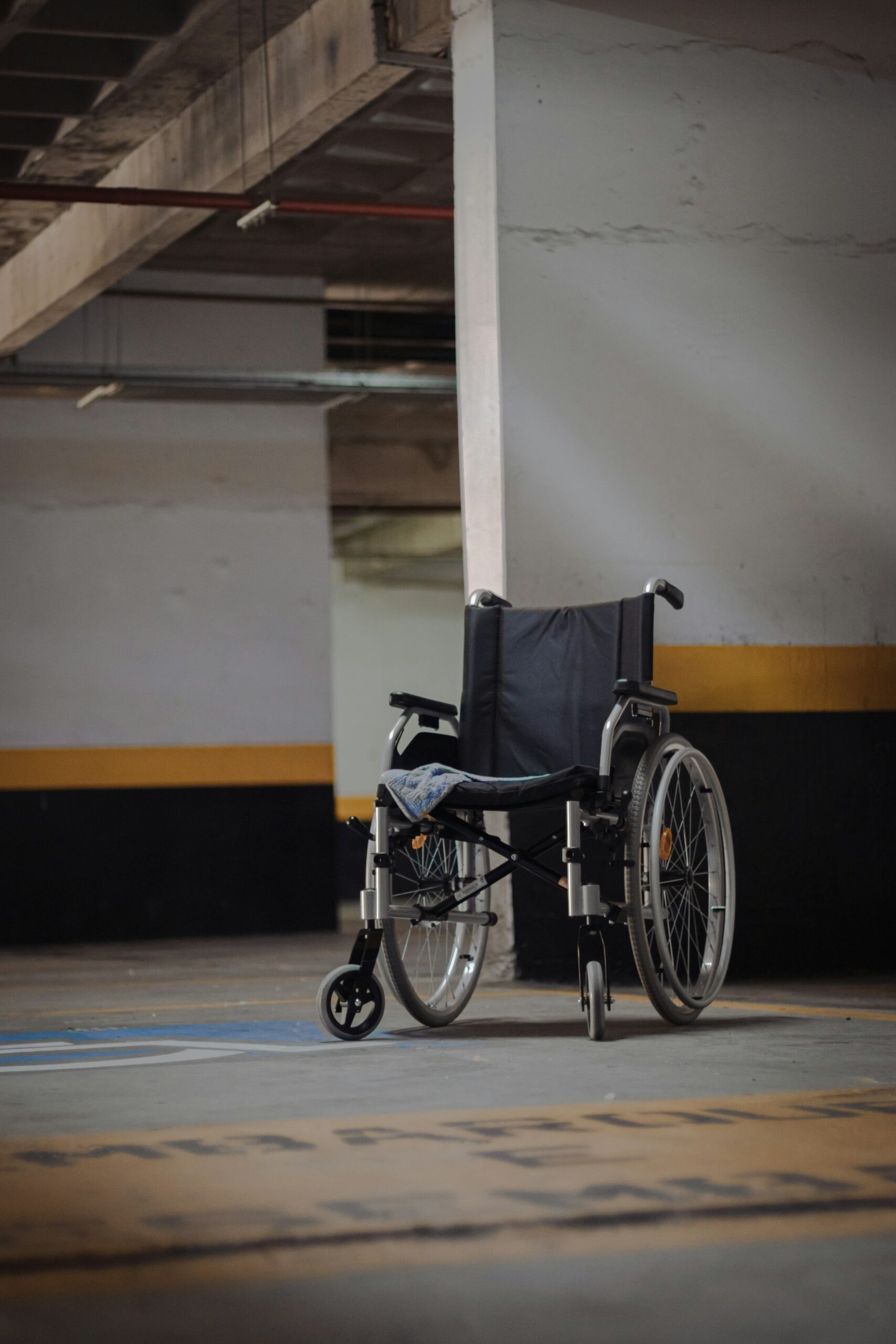ADA compliance is not just a legal requirement—it’s about creating a welcoming, inclusive space for all customers. For laundromat owners, meeting the Americans with Disabilities Act (ADA) standards shows a commitment to equal service and expands your customer base.
An ADA-compliant laundromat ensures individuals with mobility challenges, visual impairments, or other disabilities can independently access machines, restrooms, entrances, and payment systems. In many states, compliance is required before opening or upgrading a facility. Beyond avoiding fines or lawsuits, accessibility improves customer loyalty, boosts your store’s reputation, and increases business value.
What Does ADA Compliance Mean for Laundromats?
ADA compliance ensures your laundromat is usable by customers with disabilities. This covers entryways, aisle spacing, machine placement, and accessible payment systems. Standards also define doorway widths, counter heights, turning radius for wheelchairs, and placement of signage.
These requirements apply whether you are starting a new laundromat or remodeling an existing one. Following ADA guidelines demonstrates that your business values independence and dignity for every customer, not just compliance with the law.
Key Areas of ADA Focus in a Laundromat Environment
Laundromats must provide barrier-free access across several areas:
- Entryways and Door Access – Entrances should be at least 32 inches wide, with ramps or level thresholds and handles operable with one hand.
- Aisle and Machine Spacing – Aisles should be at least 36 inches wide, with at least one front-loading washer and dryer positioned for easy reach.
- Reachable Controls and Payment Systems – Payment systems, touchscreens, or slots must be no higher than 48 inches and operable without tight grasping or twisting.
- Seating and Waiting Areas – Provide at least one accessible bench or seating area with clear floor space for wheelchair users.
Restrooms (if available) – Include grab bars, accessible sinks, and adequate space for mobility devices.
Common ADA Upgrades for Existing Laundromats
Older laundromats may require updates to achieve compliance. Some cost-effective improvements include:
- Installing ramps or curb cuts for wheelchair access.
- Adjusting washer and dryer height to meet ADA reach ranges.
- Widening narrow aisles and doorways.
- Updating signage with tactile or high-contrast options.
- Relocating payment kiosks or card readers for easier access.
These upgrades often qualify for tax deductions or credits, making them a smart investment in both accessibility and business growth. At the same time, owners can lower operating expenses by adopting energy-efficient laundry equipment that reduces utility costs.
Why ADA Compliance Benefits Your Business Beyond Legal Protection
ADA compliance helps you reach a broader audience, including seniors, veterans, parents with strollers, and individuals with mobility challenges. Customers value businesses that prioritize inclusivity, and accessible design benefits everyone. Modern upgrades like touchless doors, voice-activated kiosks, and low-effort controls not only meet compliance but also align with customer expectations for convenience and technology. Investing in these features goes hand-in-hand with making smart decisions about your equipment setup, as we explained in our article on choosing the right commercial washer and dryer installers.
Marketing Your ADA-Compliant Laundromat
Once your laundromat is ADA-compliant, make sure potential customers know. Add accessibility details on your website and Google Business Profile, highlighting entrances, parking, restrooms, and equipment.
Use ADA icons on your signage, and promote inclusivity in your marketing. Consider outreach through local disability resource centers or community organizations. Visibility ensures customers who need accessible laundry services can find and trust your business.
Working With ADA Consultants and Compliance Partners
Navigating ADA compliance can be complex, particularly during renovations. Certified ADA consultants or accessibility architects can review your layout, provide documentation, and ensure updates meet standards.
Your equipment suppliers may also offer ADA-certified machines designed with compliant control placement and usability. In addition, local governments or chambers of commerce sometimes provide grants or programs to support accessibility improvements.
Frequently Asked Questions
1. What is required for laundromats to be ADA compliant?
Laundromats must provide accessible entrances, wide aisles, reachable machines, and ADA-compliant restrooms.
2. Do all washers and dryers need to be ADA compliant?
No, but at least one washer and one dryer should be accessible.
3. How much does it cost to make a laundromat ADA compliant?
Costs vary depending on upgrades, but many improvements (like ramps, signage, and machine adjustments) are relatively affordable and may qualify for tax credits.
4. Can a laundromat be fined for not being ADA compliant?
Yes, non-compliance can lead to lawsuits and fines.
5. How do I promote my laundromat’s accessibility?
List ADA features on your website, Google profile, and signage, and partner with local disability organizations.
Closing Thoughts: Accessibility Is Smart Business
Accessibility is more than a checklist—it’s a way to future-proof your laundromat and serve your community better. From machine placement and payment systems to seating and signage, every accessible detail improves the customer experience.
A fully ADA-compliant laundromat avoids legal risks, improves customer satisfaction, and builds a reputation as inclusive and community-minded. By prioritizing accessibility, you’re not only protecting your investment but also creating a laundromat that customers will trust, recommend, and return to.








